Faster
Healthy
Weight
Strong
Style
Loading images...
Loading images...
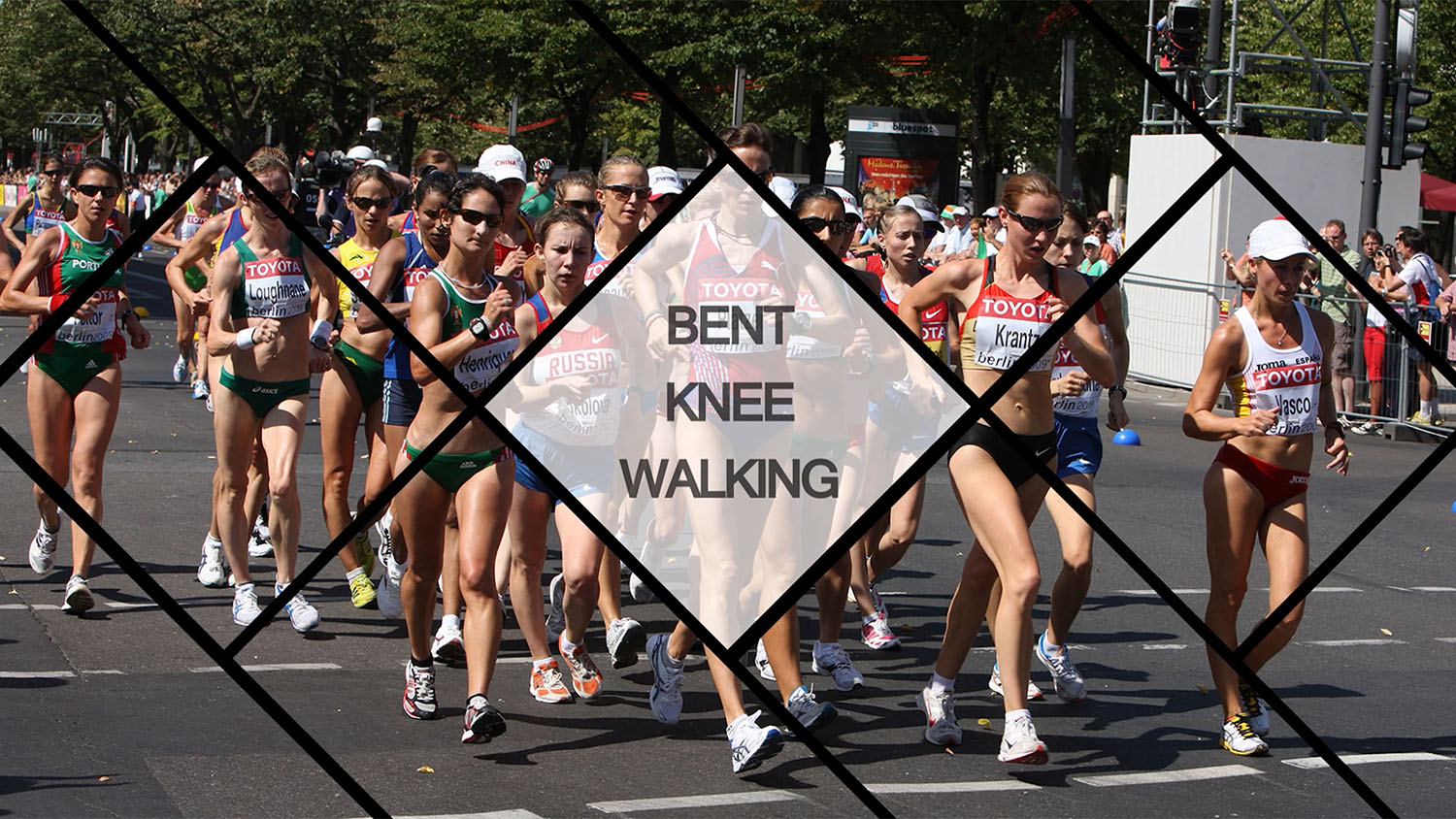
Beginner race walkers often struggle to adhere to the two part definitoin of race walking. If you are having difficulty mastering the straightening of the knee at the appropriate time, you may get a bent knee call in a race. To learn how to correct this problem, click here.
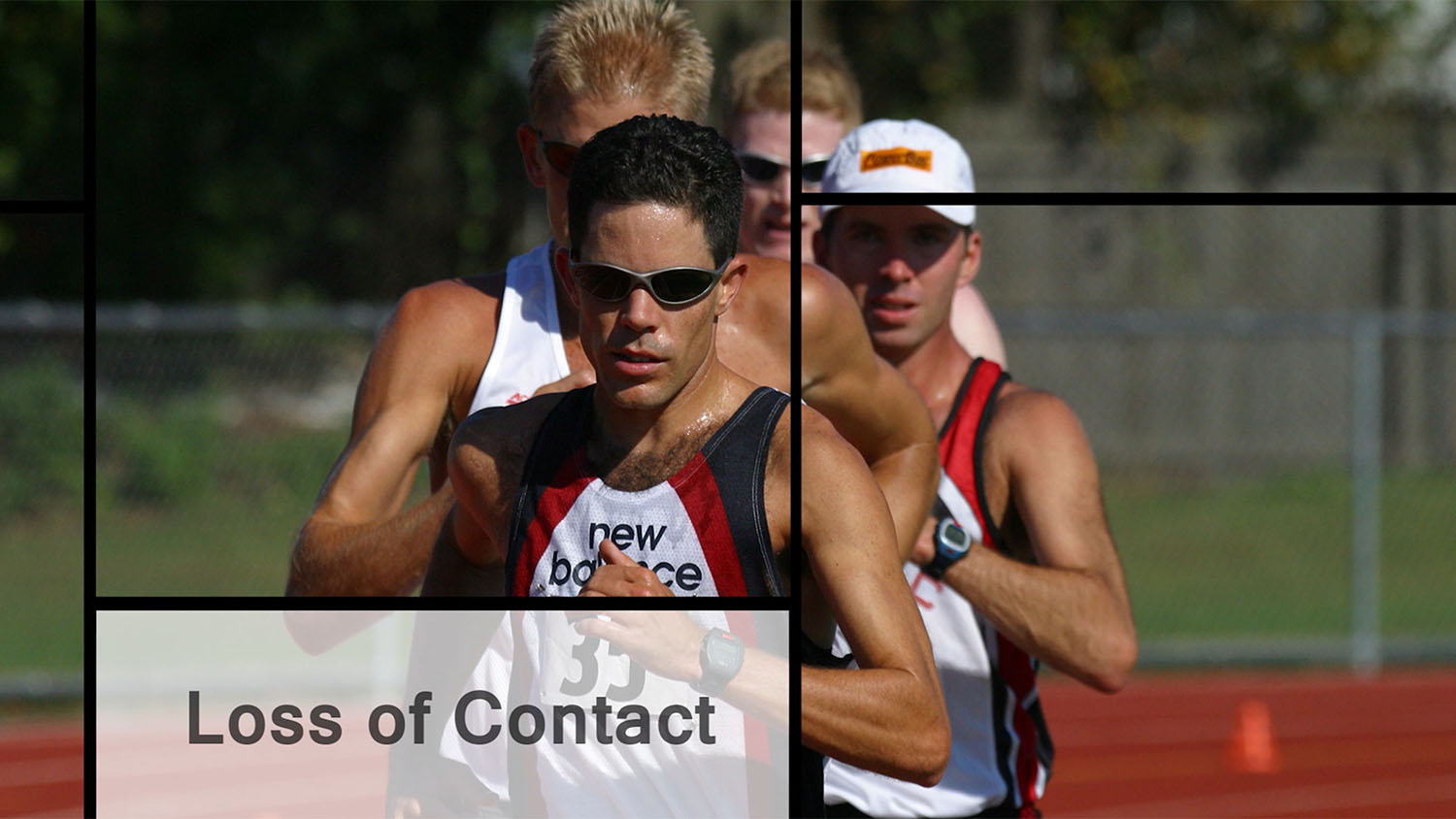
As race walkers get faster, they may have an issue not having a visible loss of contact phase in their stride. If you are struggling with the appearance of keeping one foot on the ground at all times (to the human eye of course) then click here to learn how you can get yourself more planted on the ground.
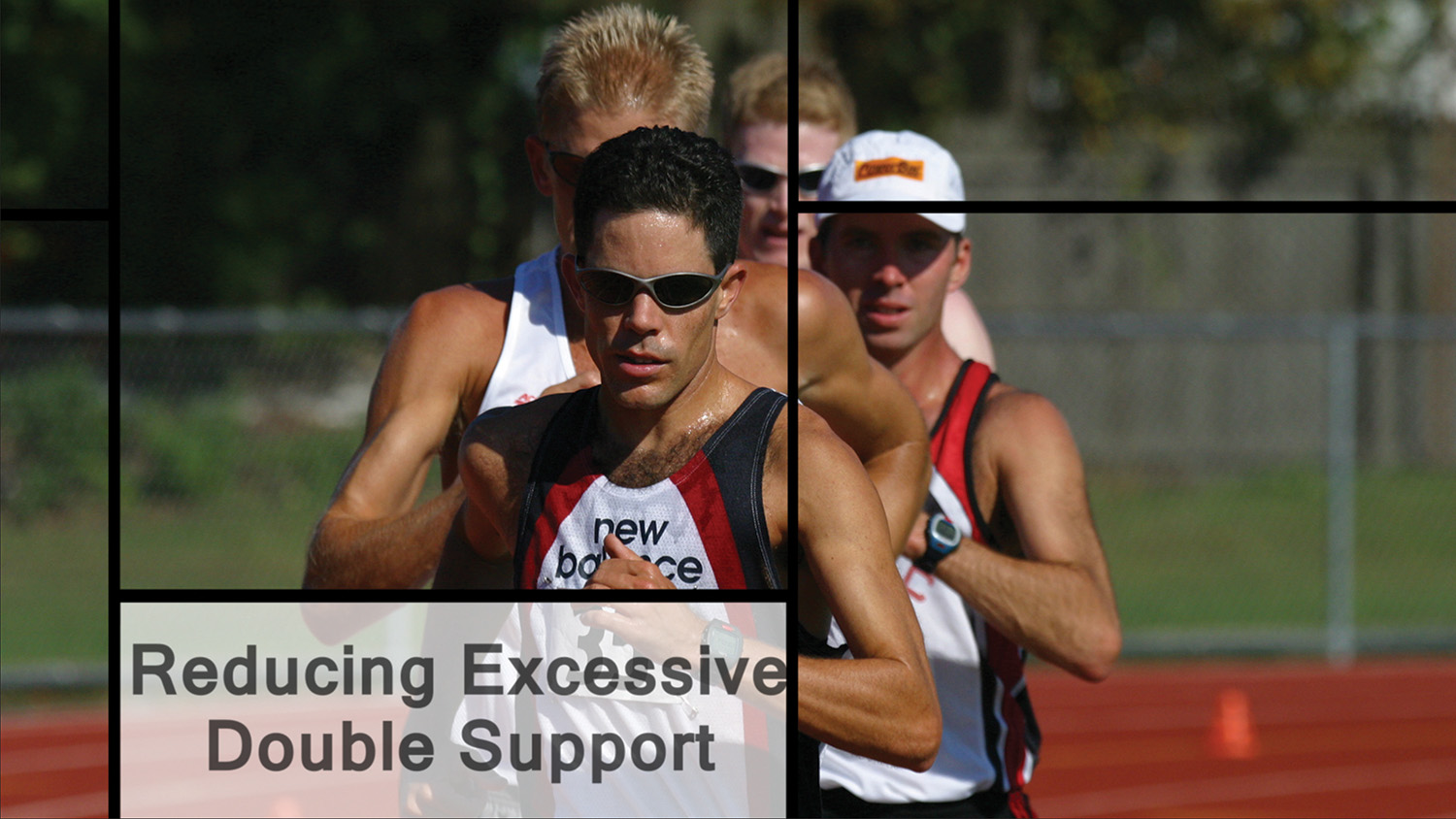
When race walkers first learn the technique, they do not usually exhibit the ideal timing of contacting the ground with the forward heel just as they roll off the toe of the back foot with the briefest of double-support contact phases.
Instead, a lack of strength, flexibility and perhaps a little too much weight around the belly lead to an excessively long double-support phase where both feet are on the ground at the same time.
Learn how by clicking here.

Hips are the primary motor driving your body forward. Therefore, race walking can be incredibly frustrating to beginning walkers who cannot seem to get the feel of proper hip motion. Saying “use your hips more” just falls upon deaf ears. Walkers with minimal hip motion need drills and exercises to help them learn. Other race walkers may have hip motion, but in all the wrong directions.
Learn how by clicking here.
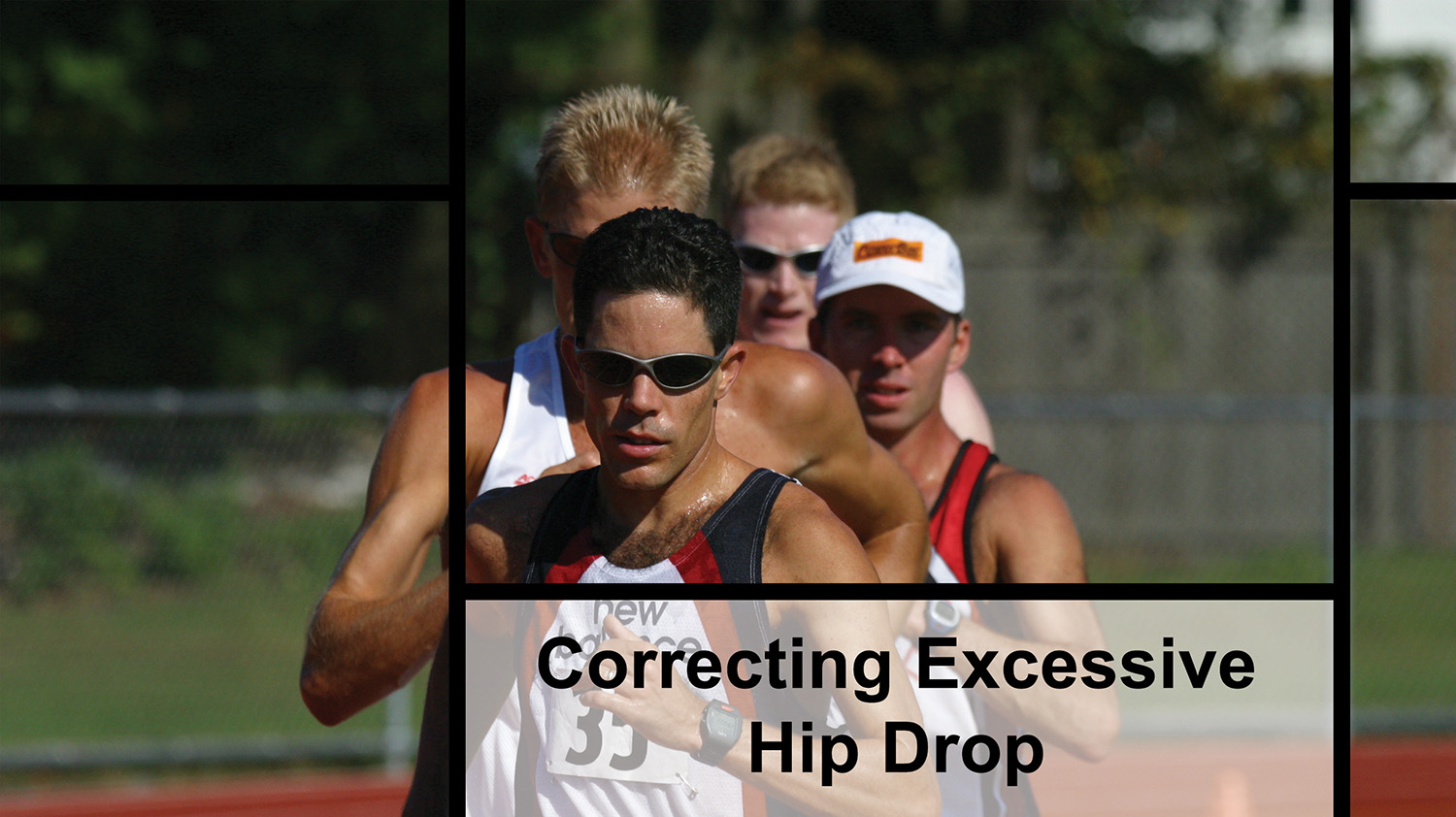
Excessive hip drop is a tricky issue for some race walkers. Part of the problem could be a misconception as to how the hip moves. Other walkers, however, suffer from a lack of, or imbalance of strength and flexibility in the hips and core which causes the excessive hip drop.
Learn how to fix both causes by clicking here.

In ideal race walking posture, the torso is in the vertical position. Some race walkers never achieve this, while others develop problems when they become tired late in races. In general, posture problems fall into two main categories: leaning forward and leaning backward
Learn how to fix both causes by clicking here.
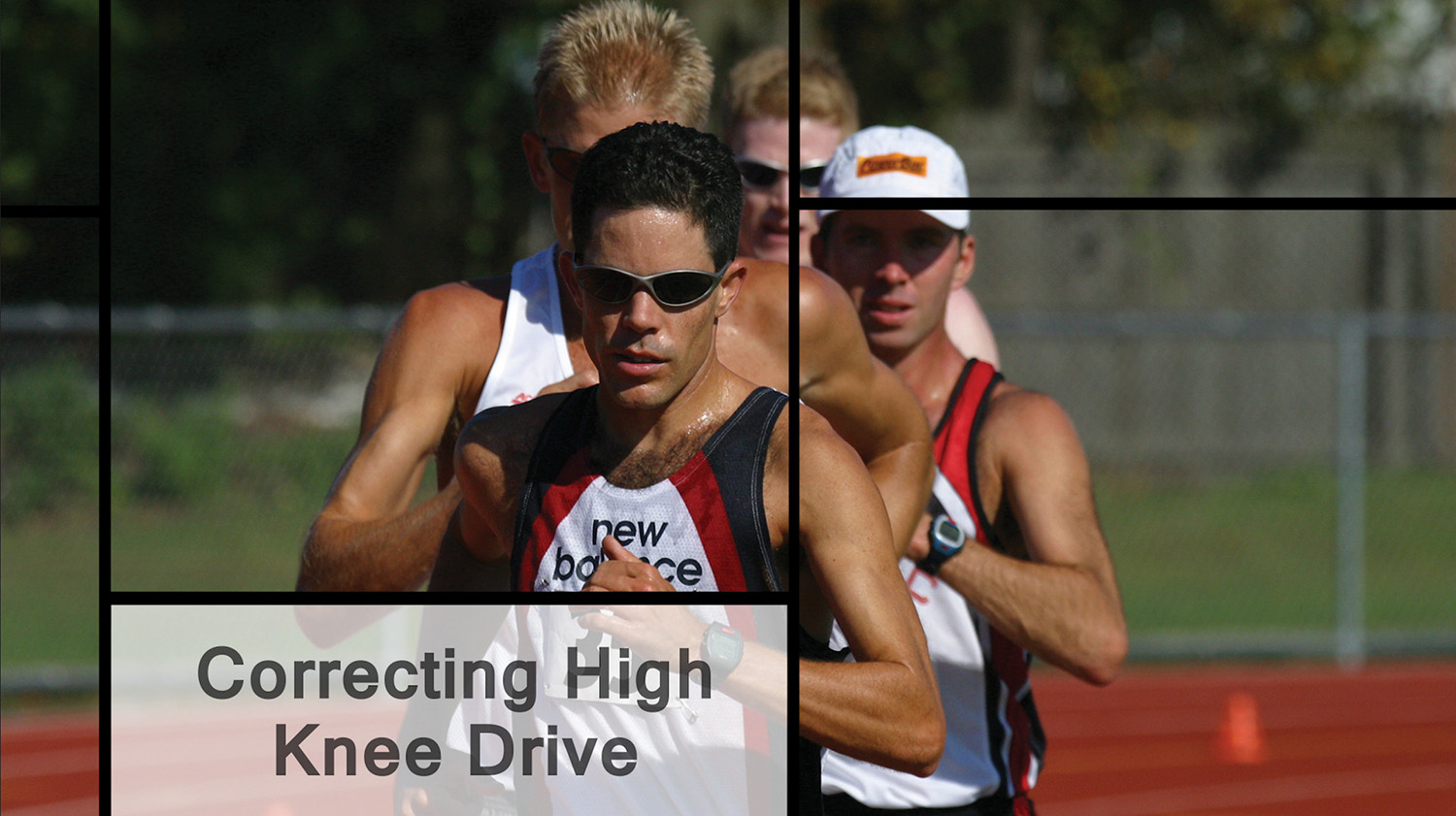
Walking with a high knee drive is fraught with problems. While you may be walking with one foot in contact with the ground at all times, a high knee drive may make you appear to lose contact.
Learn how to fix it by clicking here.
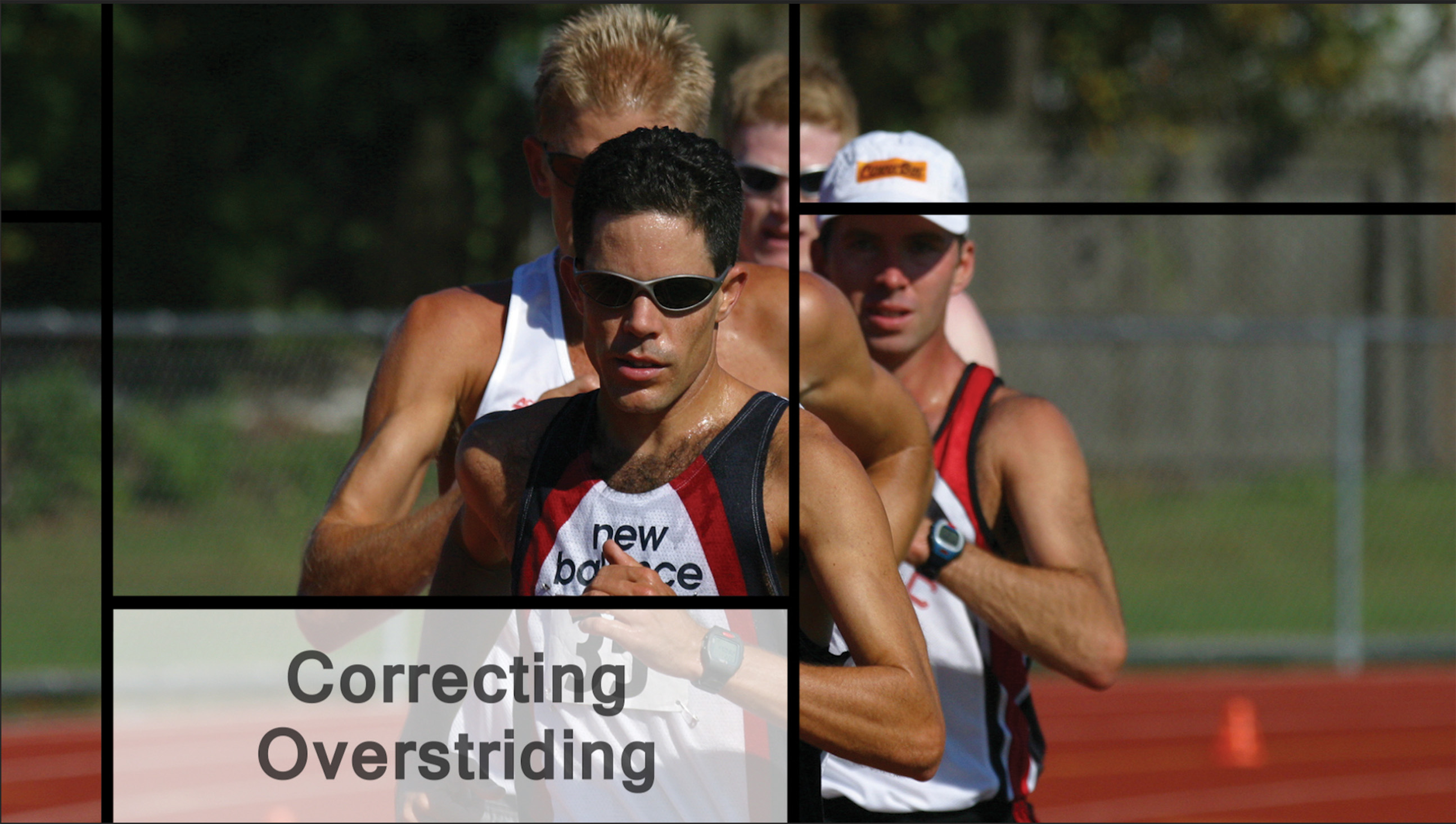
Overstriding in front of your body makes it difficult to walk efficiently and can lead to the perception that you’ve lost contact with the ground. A tight hip flexor causes the rear foot to lift off the ground prematurely and shortens the stride where you want it the longest. In addition, overstriding may be caused due to poor arm swing or just overly zealous effort (usually when you are tired and muscling through). Observe how much better Miranda looks in Figure 12-2 where she is walking with an appropriate stride length.
Learn how to fix it by clicking here.
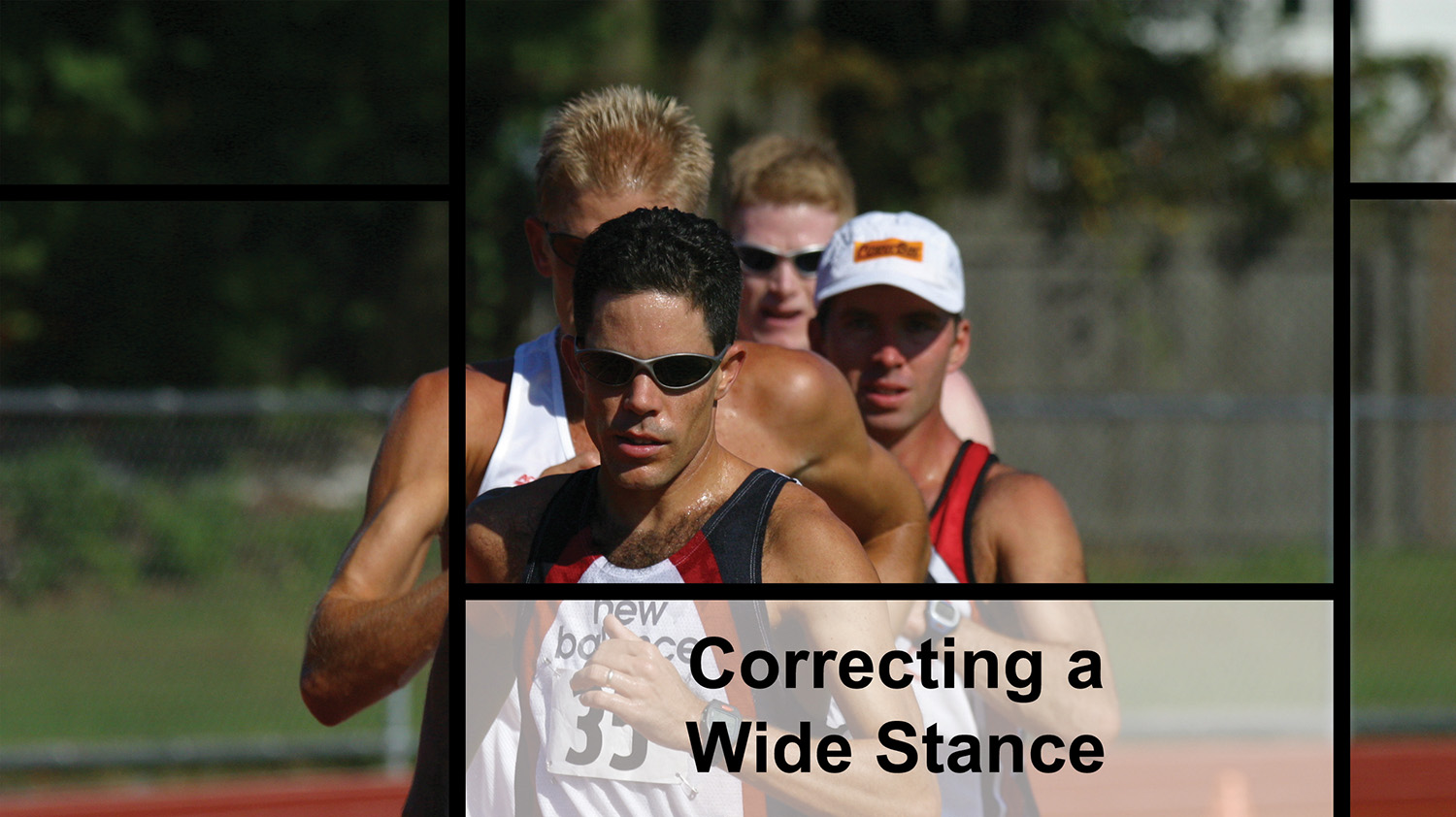
When pedestrians walk quickly, they rarely change their technique; they merely walk with a more exaggerated stride at a faster cadence. This gets them only so far or fast. Race walkers , in contrast, change many aspects of their stride, most notably adding a forward drive of the hip as the leg swings forward. If you walk with the latter style and thus too wide of a stance, learn how to fix it by clicking here.

While it’s fairly rare to see a race walker cross one foot over the other, it does happen. While there are no specific exercises to correct this, use the following two visualizations to correct crossover problems. Learn how to fix it by clicking here.

A very common problem for race walkers is excessive rotation of the swing foot as it travels forward after push off. Learn more about it by clicking here.

A very common problem for race walkers is excessive rotation of the swing foot as it travels forward after push off. Learn more about it by clicking here.

There are many ways to vary from the ideal arm carriage. Fortunately, by focusing on the correct technique we can fix many of the errors. Let’s start by looking at good and bad arm carriage. Learn more about it by clicking here.

Hand carriage during race walking is quite simple. Simply keep a straight wrist with the hand in a loose fist. Learn more about it by clicking here.

Hand carriage during race walking is quite simple. Simply keep a straight wrist with the hand in a loose fist. Learn more about it by clicking here.